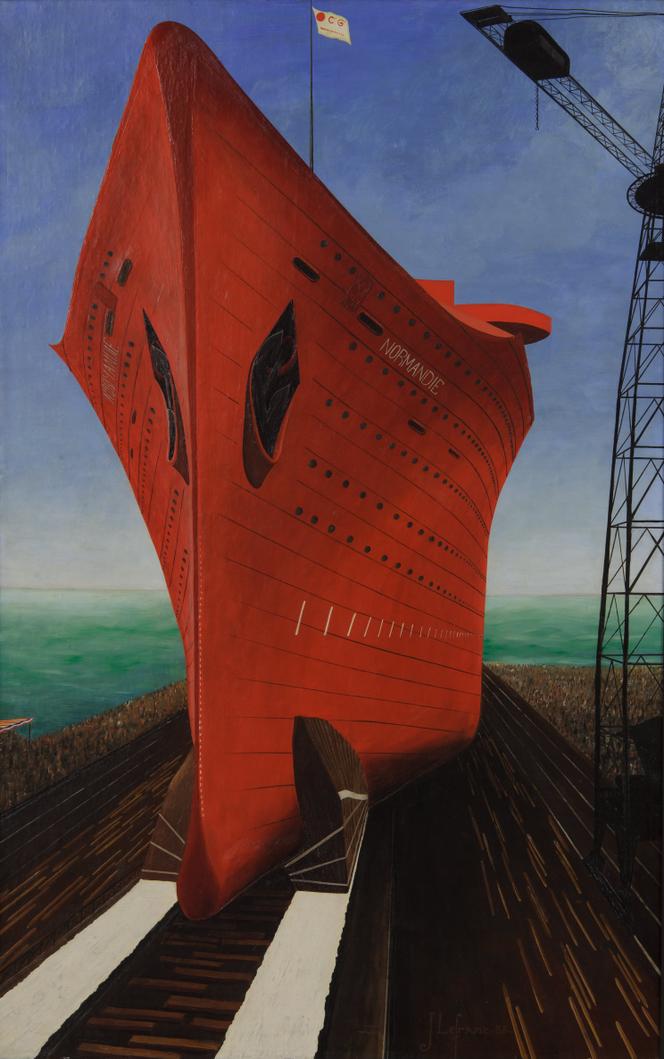


For the All Saints' Day vacation, Nantes is offering an Atlantic crossing with a modest carbon footprint: All you have to do is get to the city's Musée d'arts, which can be reached from the station by cutting through the Jardin des Plantes, which is tinged gold and red in this early autumn. On the two floors of the building, splendidly renovated and enlarged in 2017, the establishment is presenting an exhibition that takes us back to the voyages undertaken on floating buildings from Europe to America between the two world wars – at the time, there was no concern about their impact on the environment.
Entitled "Paquebots 1913-1942. Une esthétique transatlantique" ("Ocean Liners 1913-1942: A Transatlantic Aesthetic"), the exhibition is co-produced with two museums in Saint-Nazaire, western France and the Musée d'Art Moderne André Malraux (MuMa) in Le Havre, northern France, which will host the exhibition from April 5, 2025. With their sleek silhouettes, geometric lines and cutting-edge machinery, the display shows how these ships – the only ones to provide links between the two continents – fascinated the artistic avant-garde – Futurist, Cubist, Constructivist – and contributed to the development of an international modernist aesthetic.
The curators have chosen to place their presentation between two key dates: 1913, the year of the Armory Show, the first major international exhibition of modern art on American soil, which introduced artists and the public in the US to the European avant-garde, and 1942, the date when the French flagship of naval engineering, the Normandie, sank in New York harbor after being partially destroyed by fire.
The tour begins with advertising posters in an elegant, predominantly geometric layout in harmony with the theme, and which has the merit of staying on course without getting scattered. In the 1920s and 1930s, competition was fierce to attract a luxury clientele eager to discover America and companies called on renowned graphic designers. On a poster created by the artist Cassandre (1901-1968), the black, tapered bow of the Normandie, operating the Le Havre-New York route, depicted from the front, occupies three-quarters of the image; the flight of a few comma-like seagulls gives the measure of the ship's gigantism. For the Holland America Line company and its Nieuw Statendam, the same Cassandre continues in the geometric vein, but this time his gaze is focused on the windsocks, the large periscope-like tubes on deck used for ventilation.
You have 65.76% of this article left to read. The rest is for subscribers only.
